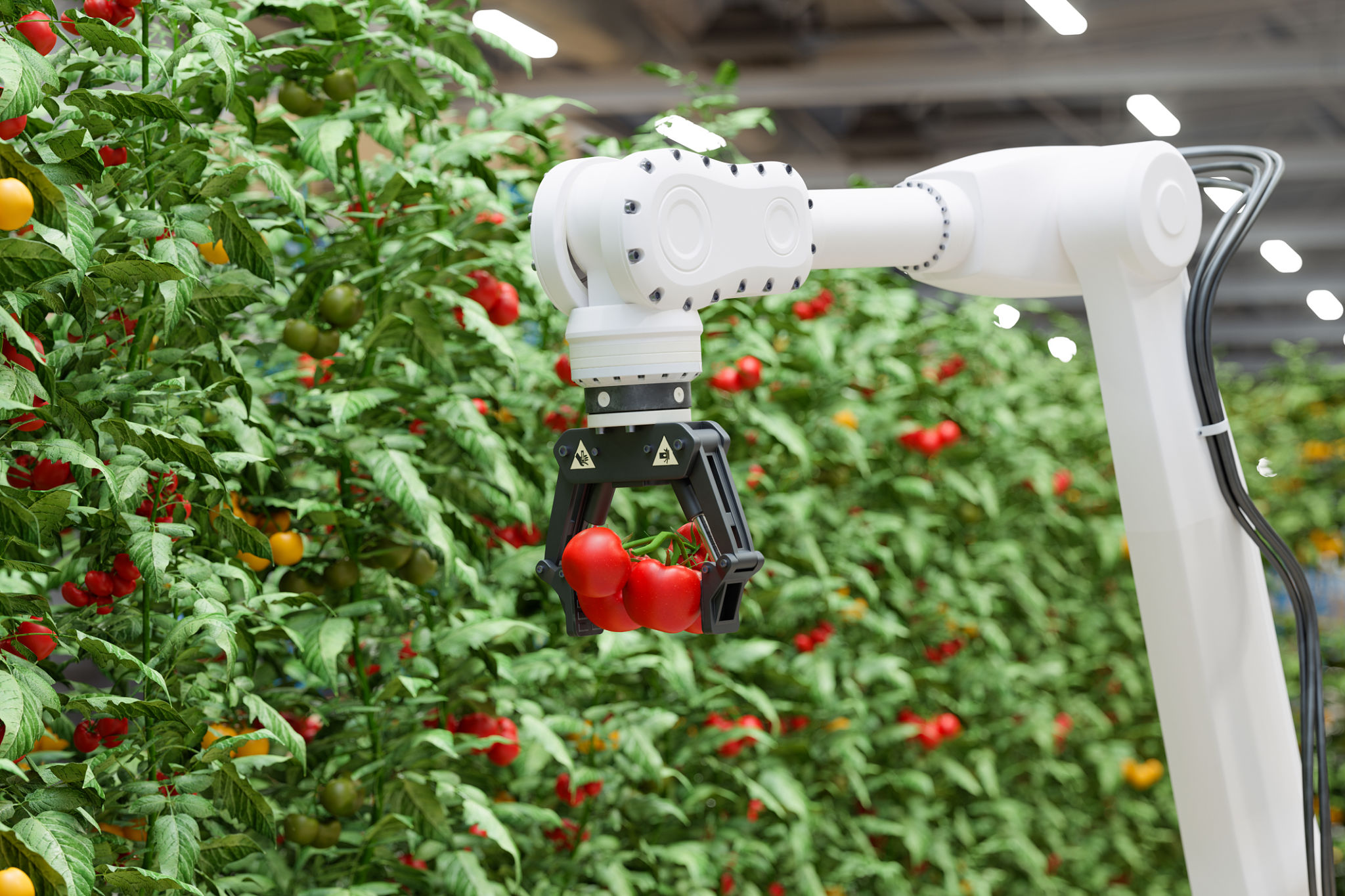How Robotic Harvesters are Revolutionizing the Agriculture Industry
Introduction to Robotic Harvesters
The agriculture industry is experiencing a technological revolution with the rise of robotic harvesters. These innovative machines are transforming traditional farming methods, making it possible to address labor shortages and increase efficiency. As technology advances, robotic harvesters are becoming more sophisticated and capable of handling various types of crops.

Overcoming Labor Shortages
A significant challenge in the agriculture industry is the shortage of labor. Seasonal work, physically demanding tasks, and unpredictable weather conditions make it difficult to maintain a reliable workforce. Robotic harvesters offer a promising solution by autonomously performing tasks that would otherwise require human labor. This not only reduces dependency on seasonal workers but also ensures that crops are harvested at the optimal time.
Enhancing Efficiency and Precision
Robotic harvesters excel in precision and efficiency, which are crucial for maximizing yield and minimizing waste. Equipped with advanced sensors and machine learning algorithms, these machines can accurately identify ripe produce and harvest it without damaging the crops. This **level of precision** is challenging to achieve with human labor, particularly in large-scale farming operations.

Cost-Effectiveness and Sustainability
While the initial investment in robotic harvesters can be substantial, the long-term benefits include reduced labor costs and increased productivity. Moreover, these machines contribute to sustainability by minimizing waste and optimizing resource use. By reducing the need for manual labor, farmers can allocate resources more efficiently, leading to environmentally friendly practices.
Types of Robotic Harvesters
Several types of robotic harvesters have been developed to cater to different agricultural needs. Some of the common types include:
- Fruit-picking robots: Designed specifically for delicate fruits like strawberries and apples.
- Vegetable harvesters: Suitable for crops like lettuce, spinach, and broccoli.
- Grain harvesters: Used for large-scale harvesting of wheat, corn, and rice.

Challenges and Considerations
Despite their potential, robotic harvesters face several challenges. The initial cost can be prohibitive for small-scale farmers. Additionally, the machines require regular maintenance and updates to keep up with technological advancements. Farmers must also consider the complexity of integrating these machines with existing infrastructure and practices.
The Future of Robotic Harvesting
The future of agriculture is undeniably intertwined with robotics. As technology continues to evolve, robotic harvesters are expected to become more affordable and accessible to farmers worldwide. Continued innovation may lead to even more sophisticated machines capable of handling a wider range of crops and adapting to different environments.
Conclusion
The impact of robotic harvesters on the agriculture industry is profound. By addressing labor shortages, enhancing efficiency, and promoting sustainability, these machines represent a significant step forward in modern farming practices. As adoption increases, the agriculture industry will likely see improved yields, reduced costs, and more sustainable practices, ultimately benefiting both farmers and consumers.
